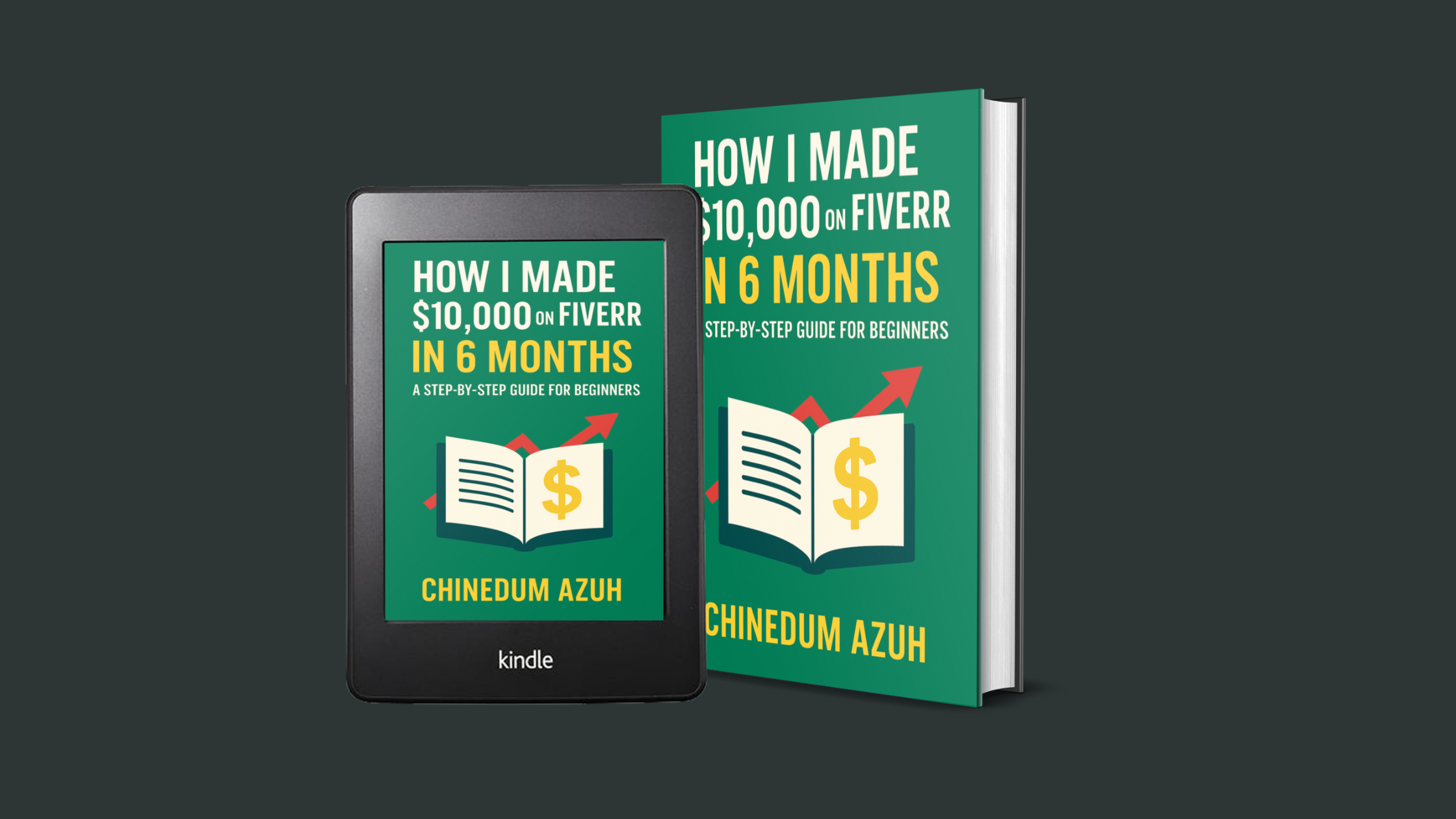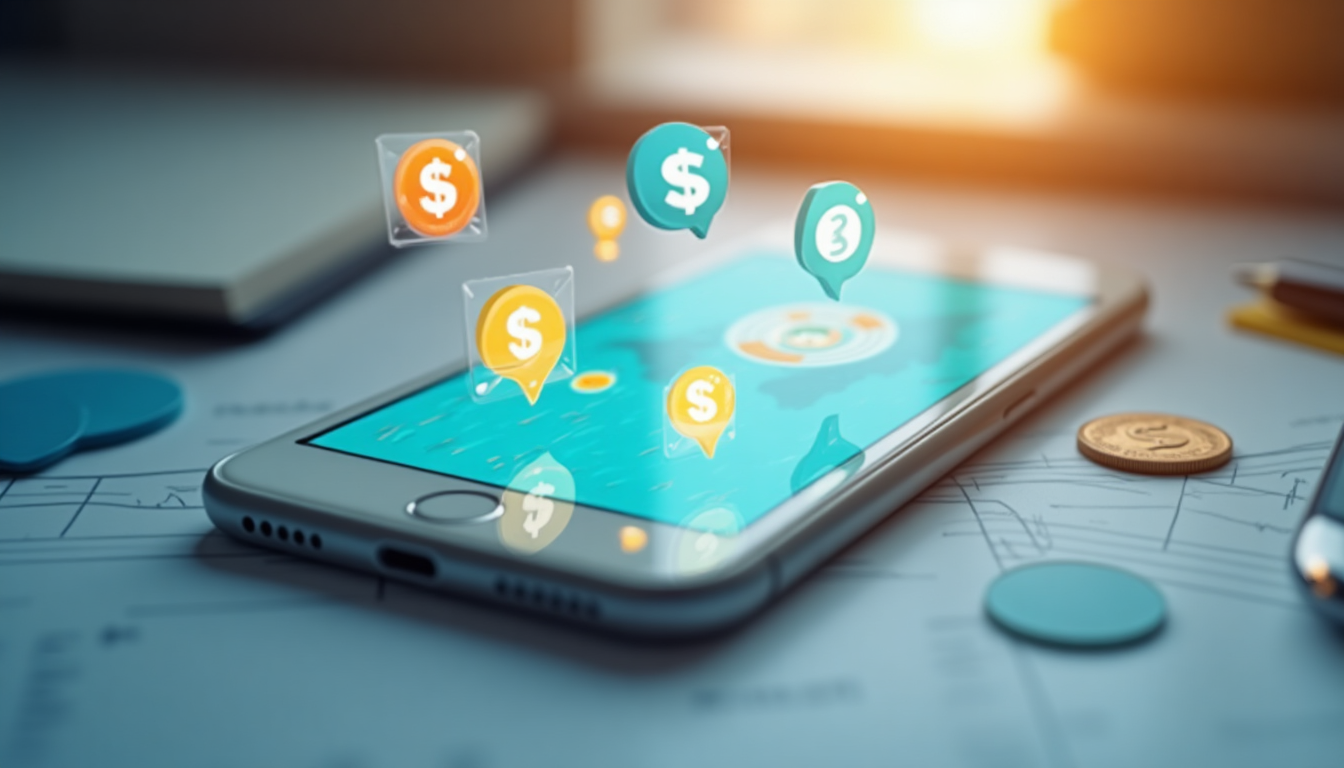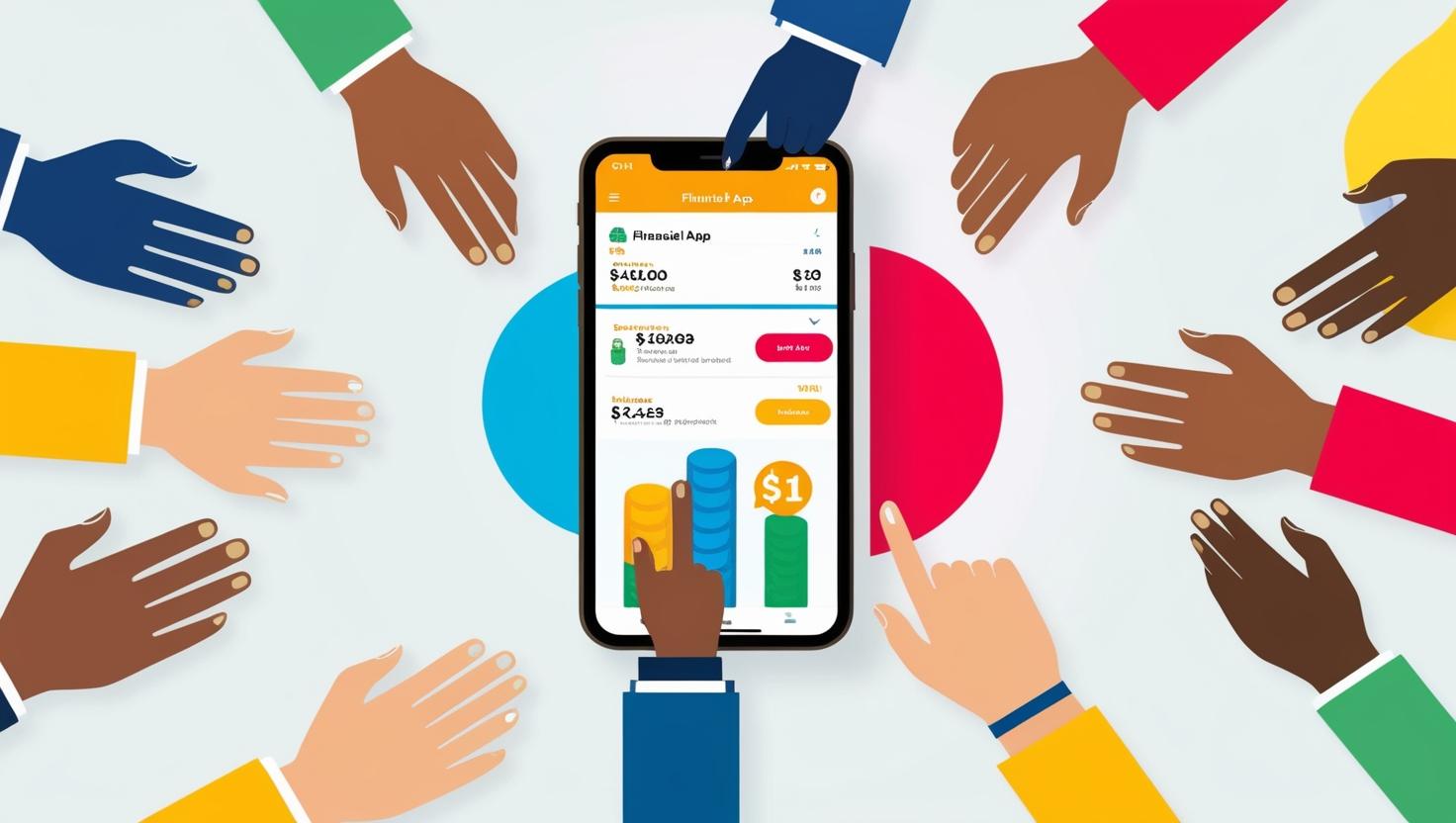This article breaks down how using a personal loan to pay off debt works, the benefits and risks involved, and when it actually makes sense to go this route. Debt can pile up fast—credit cards, medical bills, car payments. If you’re juggling multiple balances with high interest rates, a personal loan might seem like a lifeline. Used wisely, it can be a solid strategy to consolidate your debt, simplify payments, and save money. But it’s not a magic fix, and there are risks you should weigh before signing on the dotted line.
What Is a Personal Loan?
A personal loan is an unsecured loan—meaning you don’t have to put up collateral like a house or car. Banks, credit unions, and online lenders offer them, typically in amounts ranging from $1,000 to $50,000 or more. You receive a lump sum upfront and repay it in fixed monthly installments over a set term, usually between two and seven years.
Interest rates vary depending on your credit score, income, and debt-to-income ratio, but they generally range from about 6% to 36%. If you have good credit, the rate on a personal loan is often much lower than what you’re paying on credit cards.
How It Works for Debt Payoff
The main appeal of using a personal loan to pay off debt is debt consolidation. You use the loan to pay off all or most of your existing debts—especially high-interest credit card balances. That leaves you with just one monthly payment at a (hopefully) lower interest rate.
Example:
Let’s say you owe $15,000 across three credit cards, each with interest rates between 18% and 25%. Your minimum payments are spread across multiple due dates, and you’re barely chipping away at the principal.
You take out a $15,000 personal loan at 9% APR over 3 years. Now you have one fixed monthly payment, a set payoff date, and a much lower total interest cost.
Benefits of Using a Personal Loan to Pay Off Debt
1. Lower Interest Rates
If your credit score is decent, a personal loan can significantly reduce the interest you’re paying. This means more of your payment goes toward the principal, helping you get out of debt faster.
2. Fixed Repayment Schedule
Credit card debt is revolving—you can carry it indefinitely. A personal loan gives you a clear timeline for when your debt will be paid off, which can make budgeting easier and give you peace of mind.
3. Simplified Payments
Instead of juggling multiple bills, you make just one payment each month. Less room for error, fewer missed due dates.
4. Improved Credit Score (Eventually)
Paying off credit cards with a personal loan can lower your credit utilization ratio, a key factor in your credit score. Just don’t rack those cards back up again afterward.
5. Psychological Relief
There’s a mental benefit to converting chaotic, high-interest debt into something orderly and predictable. It can feel like you’re finally taking control.
Risks and Drawbacks
1. You’re Not Solving the Core Problem
If overspending got you into debt, a personal loan won’t fix that. It might actually make things worse if you use the loan to pay off cards—and then start charging them up again.
2. Fees Can Add Up
Some lenders charge origination fees, usually 1%–8% of the loan amount. There may also be prepayment penalties if you try to pay off the loan early. Make sure you read the fine print.
3. High Rates for Bad Credit
If your credit score is low, you may not qualify for a better interest rate than what you’re already paying. In that case, a personal loan might not be worth it.
4. Debt Could Get Worse
Consolidating debt doesn’t erase it—it just moves it. If you continue spending beyond your means, you could end up deeper in the hole.
When It Makes Sense
Using a personal loan to pay off debt can be a smart move if:
- You have good to excellent credit (generally 670 or higher)
- You qualify for a lower interest rate than your existing debts
- You’re committed to not using the credit cards you just paid off
- You have a stable income and can handle the monthly payments
- You want a clear timeline for getting debt-free
When to Avoid It
Think twice if:
- You have poor credit and can’t get a lower interest rate
- You’re using it just to buy time before racking up more debt
- You’re not sure you can afford the monthly loan payment
- You don’t have a plan to address the habits or events that caused the debt
How to Get the Right Personal Loan

If you decide to go this route, here’s how to do it wisely:
- Check Your Credit Score
Know where you stand. Better scores = better rates. - Compare Offers
Use prequalification tools to shop around without impacting your credit. Look at interest rates, repayment terms, and fees. - Calculate the Total Cost
Don’t just look at the monthly payment. Compare the total interest you’ll pay over the life of the loan versus what you’re currently paying on your debts. - Read the Fine Print
Avoid loans with prepayment penalties or confusing terms. Make sure the payment fits your budget. - Create a Spending Plan
The loan only helps if you don’t rack up more debt. Consider cutting up your credit cards or putting them on ice while you pay off the loan.
Alternatives to Personal Loans
Not everyone should—or can—use a personal loan to consolidate debt. Here are some other options:
Balance Transfer Credit Cards
These offer 0% APR for an introductory period (often 12–18 months). Great if you can pay the balance off before the promo ends, but you need excellent credit to qualify.
Debt Management Plan (DMP)
Offered by credit counseling agencies, a DMP consolidates your debts into one monthly payment, often with reduced interest rates.
Home Equity Loan or HELOC
If you own a home, you may qualify for a lower-interest loan by using your equity. But beware: if you default, you risk foreclosure.
Snowball or Avalanche Method
You can pay off debts without any new loans. The snowball method tackles the smallest balance first; the avalanche method focuses on the highest interest rate. Both can be effective with discipline.
Final Word
Using a personal loan to pay off debt isn’t a one-size-fits-all solution. But for the right person in the right situation, it can be a smart financial move—lowering interest costs, simplifying payments, and putting you on a clearer path to becoming debt-free.
Just remember: the loan is a tool, not a cure. If you don’t fix the habits or circumstances that created the debt in the first place, you could end up worse off. But with a solid plan and some discipline, a personal loan could be the first step toward getting your finances under control.





